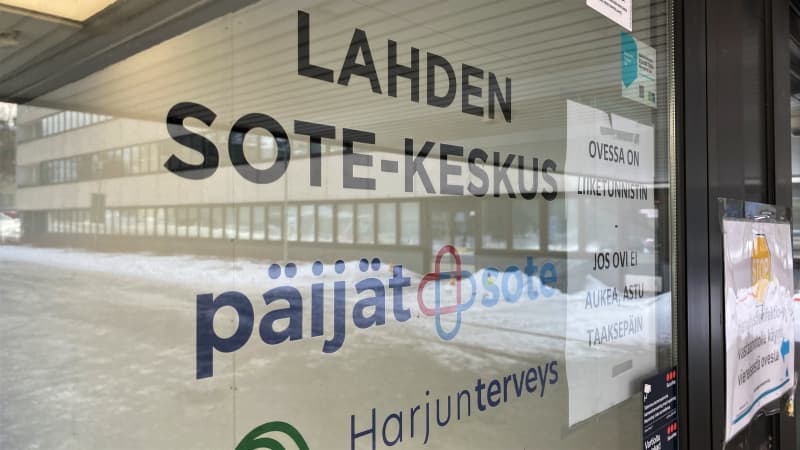
Lahti and Hollola made a substantial surplus last year. Despite that, they have not recorded the welfare association’s salary arrears in their account.
The municipalities of Päijät-Häme and the welfare area continue to argue about who should pay the salary arrears from the time of the welfare association.
The management of the Päijät-Häme welfare area has expressed its concern that the municipalities do not take salary arrears into account in their own financial statements. On Tuesday, Lahti published a well-surplus financial statement, but according to the city’s interpretation, salary arrears do not belong to it.
Salary arrears arose when the welfare group owned by the municipalities did not complete the unification of salaries. According to the welfare area, the costs of retroactive wage harmonization are not covered by the welfare area.
The Päijät-Häme welfare association has informed the municipalities that it is preparing for a retroactive salary harmonization bill of 20 million euros. Lahti’s share of the amount would be approximately EUR 12 million. Employer organizations are currently negotiating salary harmonization.
Retroactive salary arrears affect services
According to the interpretation of the city of Lahti, the municipalities are not responsible for the salary claim, because after the handover of the business at the turn of the year, the responsibilities have been transferred to the welfare area. On this basis, the city of Lahti has not included the provision for wage receivables in its financial statements.
If the wage harmonization provision does not appear in the municipalities’ financial statements, according to the welfare area’s interpretation, its funding will be cut by a corresponding amount. It means adjusting spending, because no more money is coming from the state.
– This has been known to the municipalities, because this has already been taken care of in other municipal union areas. The services of the welfare area are also aimed at the children, young people and families of the municipalities, and especially at pupil care.
– The high surplus in Lahti’s financial statements shows that over the years the welfare association benefited the municipalities from the services organized together before the social security reform. I hope that the municipalities will find a common understanding this spring.
Listen to Mika Kari’s interview:
